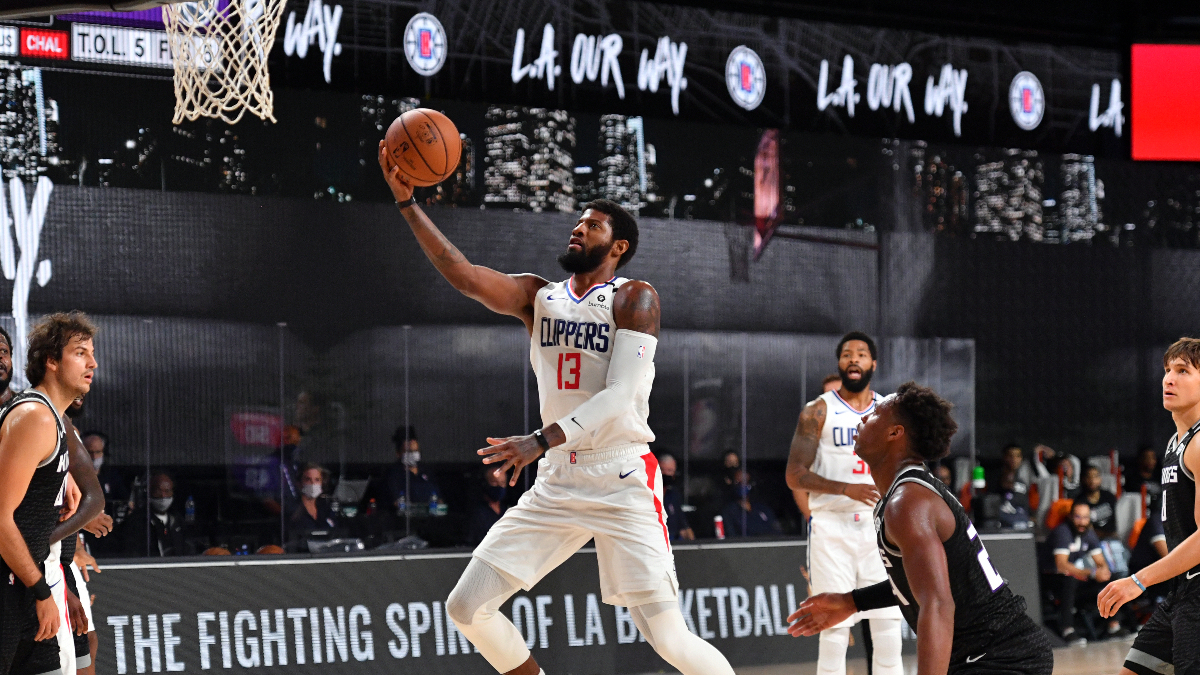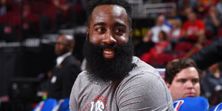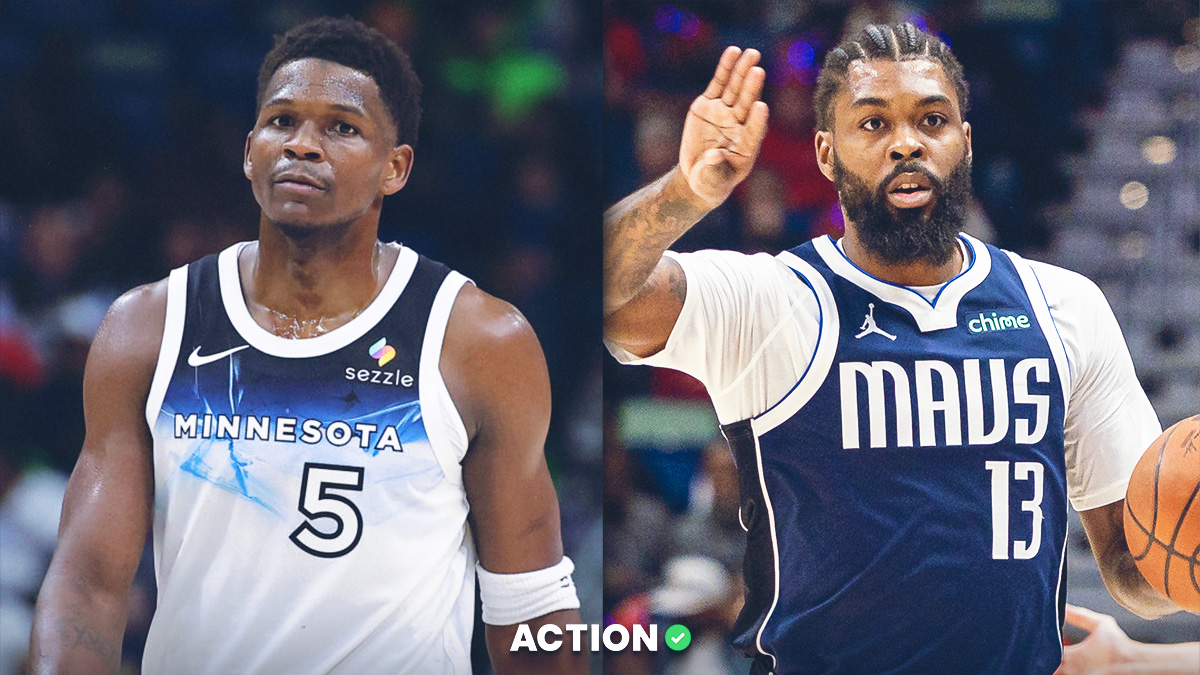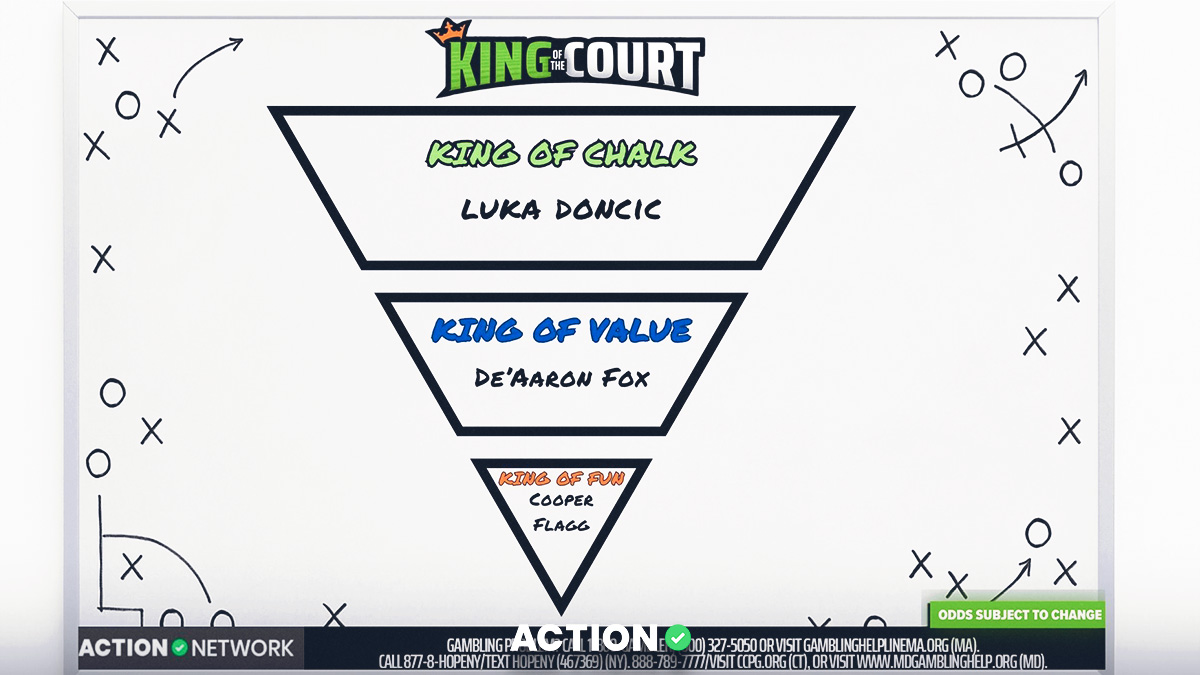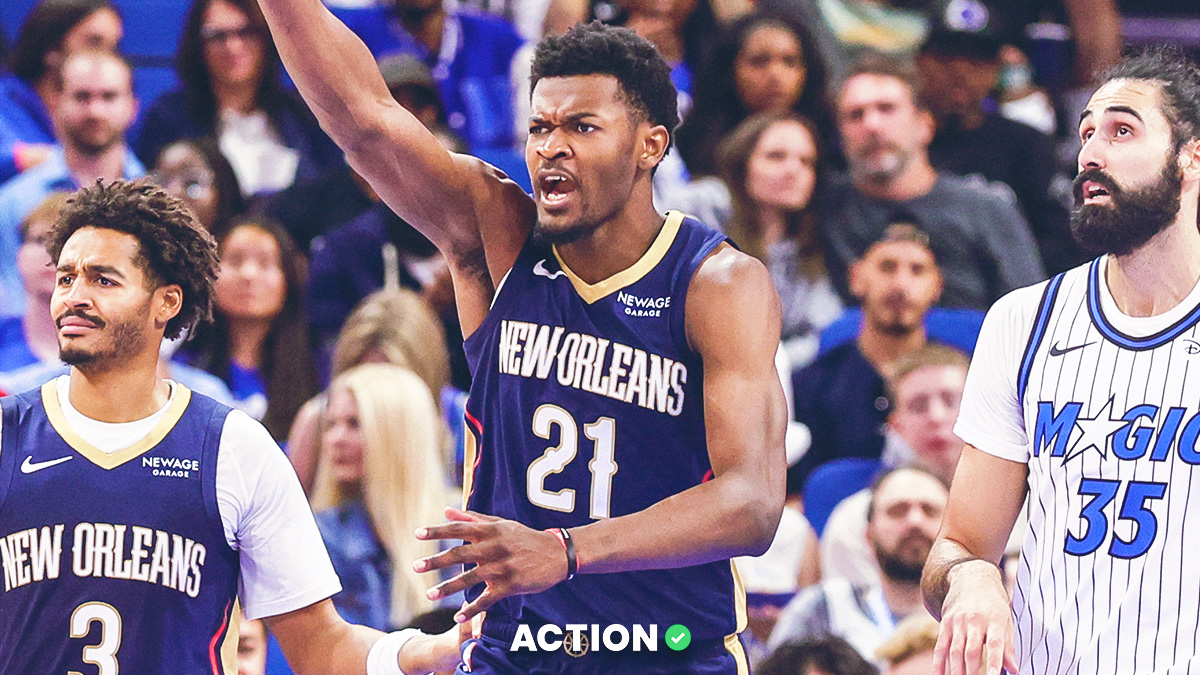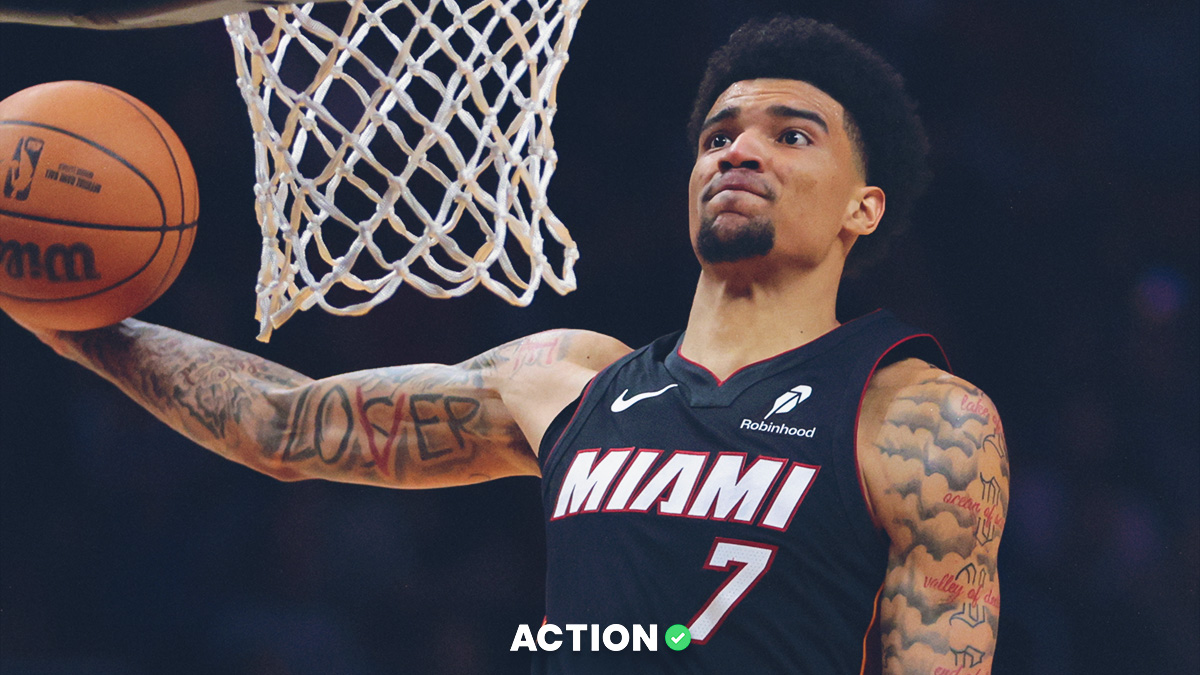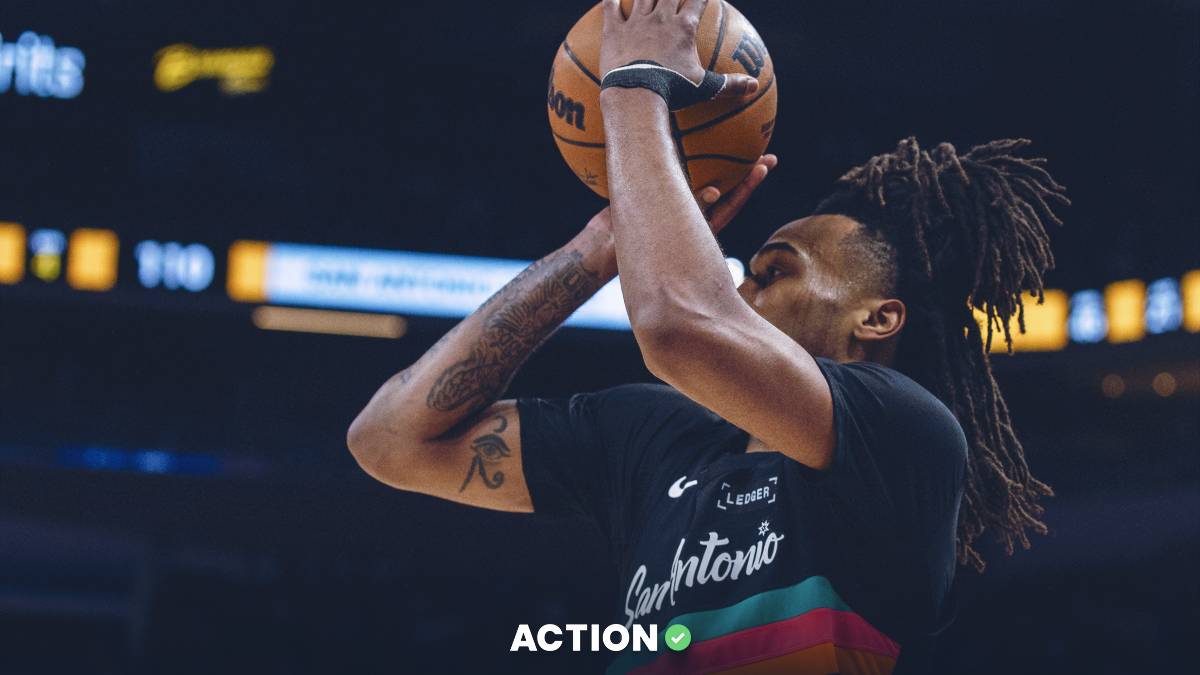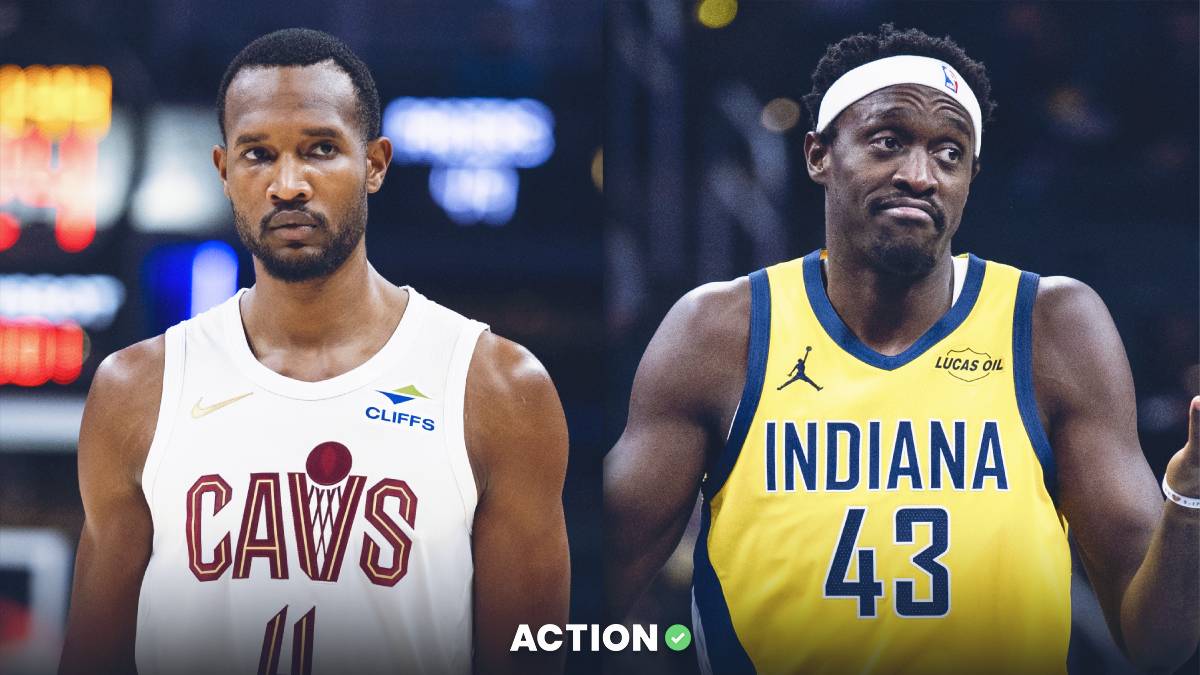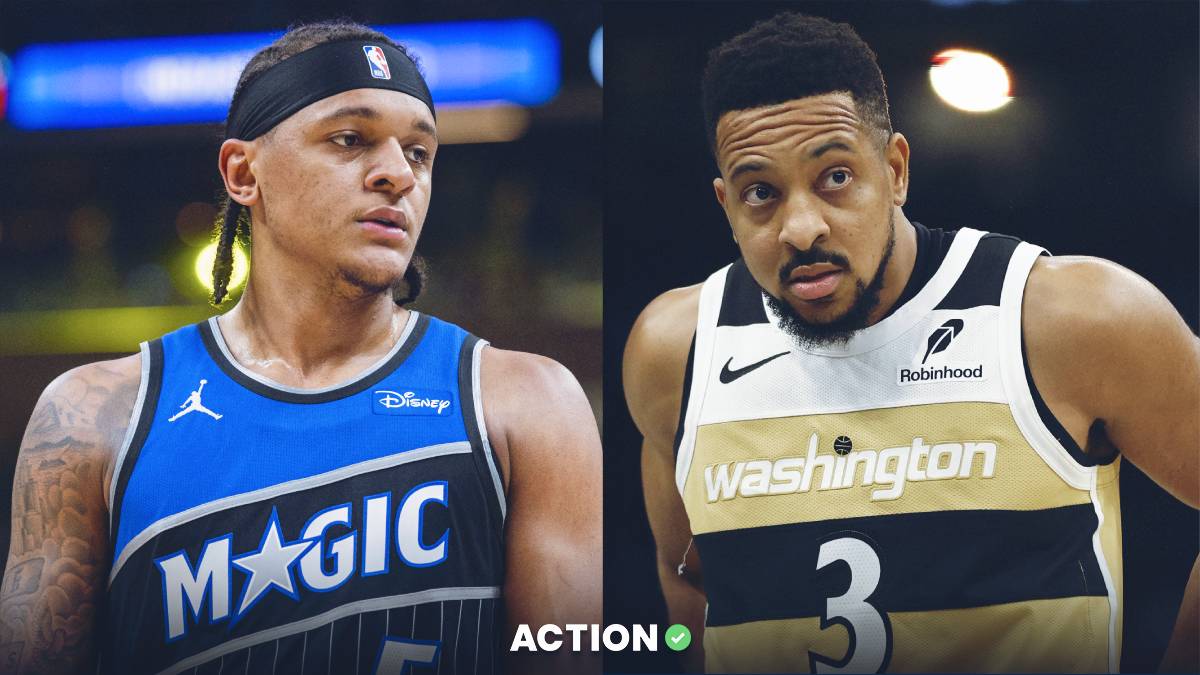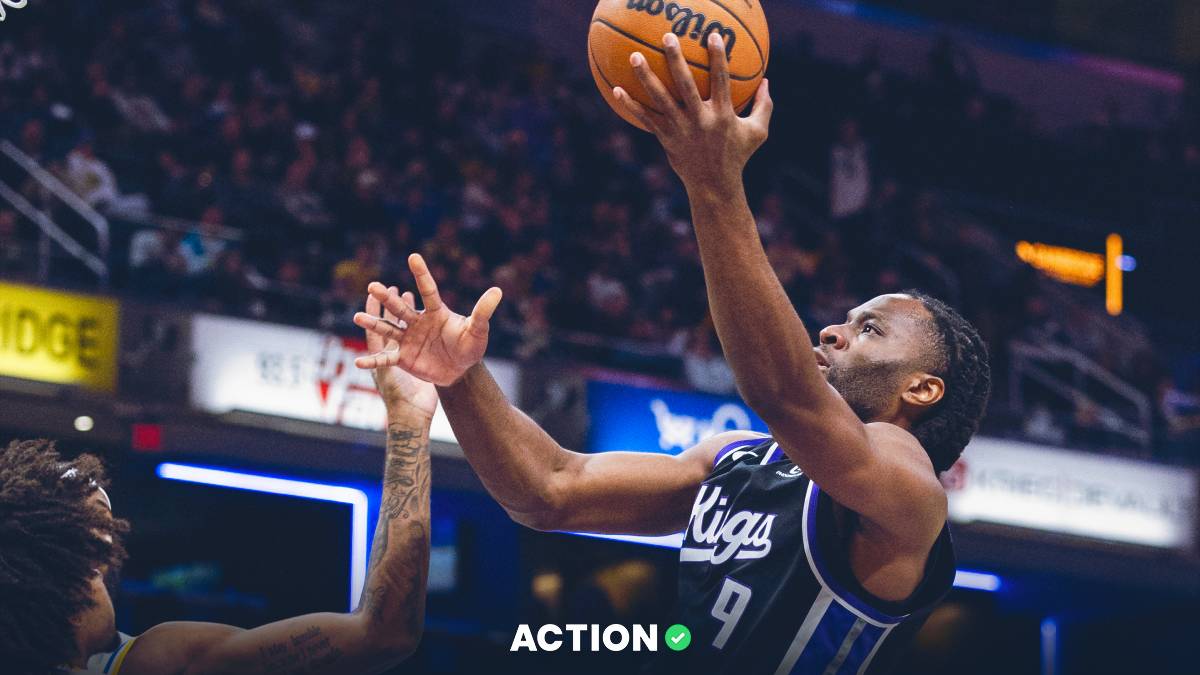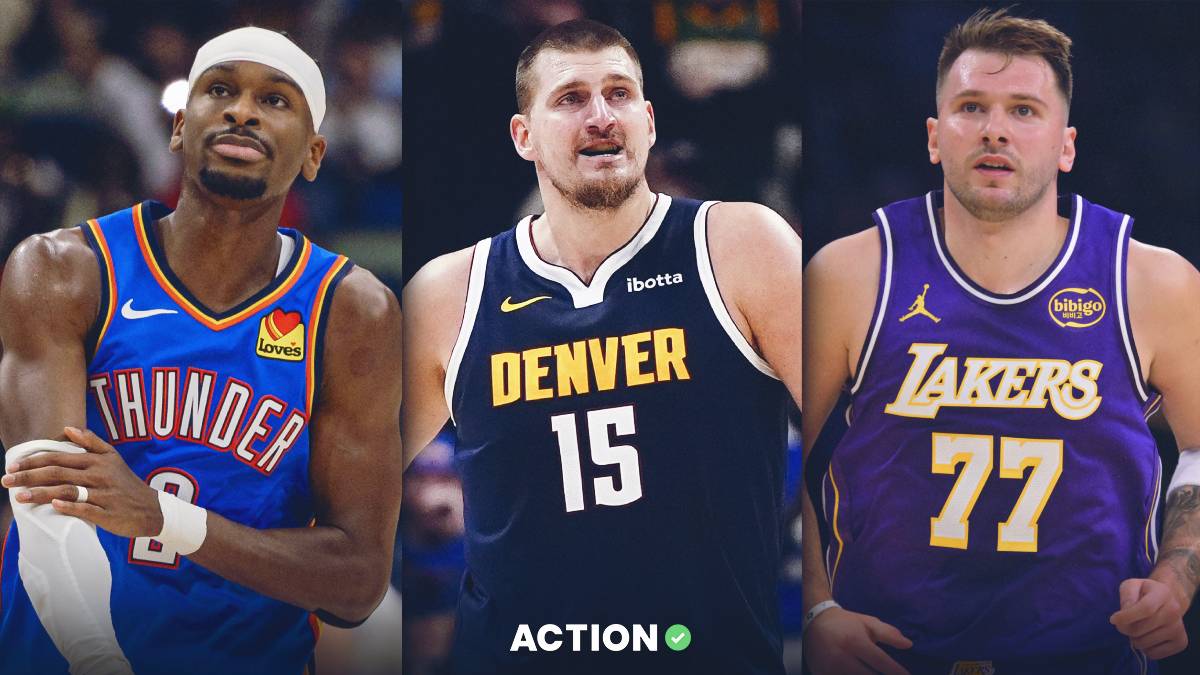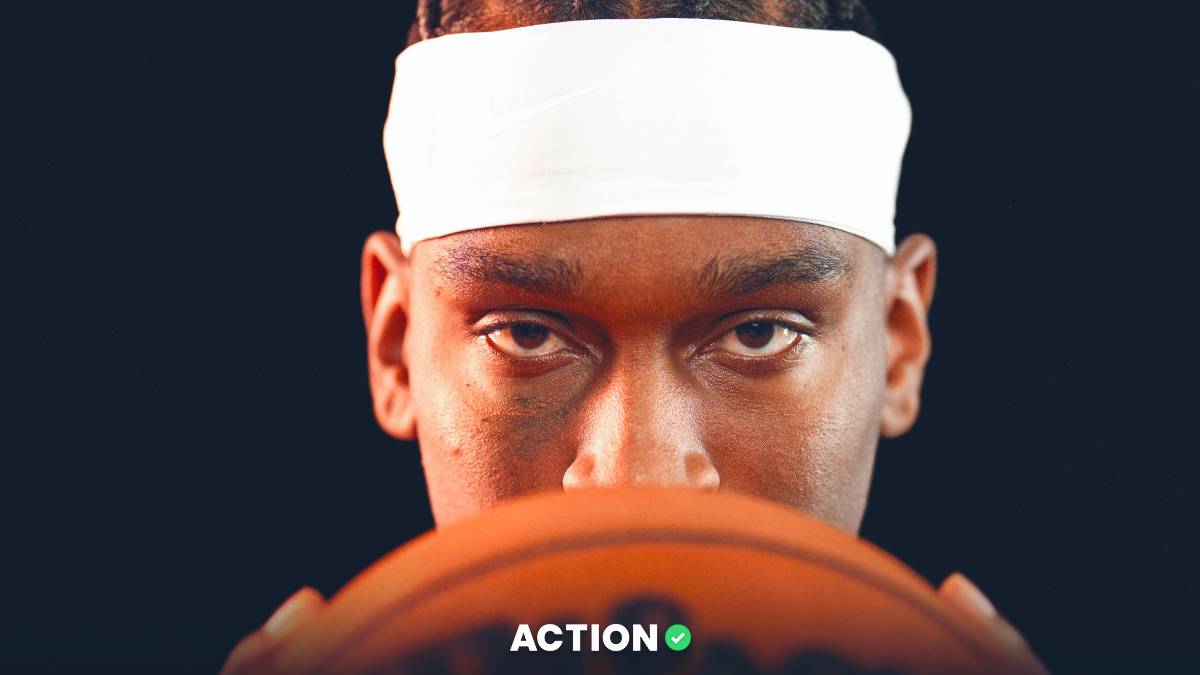There has been a consistent thought about the quality of play during the NBA's resumption: the basketball will be clunky, the shots will be off, and the play will be on the under.
The books are well ahead of this thought process.
The Los Angeles Lakers and LA Clippers played three times this season. The betting total in those games was an average of 224. They went under in all three games, with an average combined total of 215.4.
As of this writing, the total for Thursday's matchup is 216 at DraftKings, a nine-point drop from their March 8 total of 225.5.
And it's not just Clippers-Lakers.
Compared to previous season matchups between the teams playing the first two days of the NBA's resumption Thursday and Friday, totals are an average of 7.4 points lower.
As another example, the Memphis Grizzlies and Portland Trail Blazers are two teams that better on offense than defense. Their most recent matchup in February had an over/under of 234.5. The current total for Friday's game is 222.5, 12 points lower than that previous matchup.
If you were curious, the combined total in that game ended up being 215. But it's was outlier. The difference between the actual totals of those games played and the current totals is more than 14 points — 10 if you exclude the absurd 272 combined total for Suns-Wizards in their only previous matchup.
Several factors have led to the lean towards the under early: 1) the rust factor of players being unused to the game environment; 2) scoring during the first eight weeks of the season is typically down on both per game and efficiency levels.
Kevin Pelton at ESPN took an awesome look at what previous historical data suggests, and indeed, all indicators are pointing in the same direction. Early season, lockout seasons, the data all says to expect low scoring.
But here's where things become interesting.
Final offensive stats for the bubble scrimmages as compared to the preseason (better) and regular season (inevitably worse): pic.twitter.com/SWoFGZdiAi
— Kevin Pelton (@kpelton) July 29, 2020
Pace was up to a significant degree. Offensive rating was lower than what we saw in the regular season but higher than preseason. Here's why this matters:
- Pace can be increased by limiting starters' minutes; guys who play less often are typically running more and playing more freely (summer League games are often track meets).
- However, those lesser players also have an impact on the offensive rating. Better players will have a better offense.
We're seeing evidence that this restart doesn't fit the usual paradigms of either preseason, or early season. It's something else entirely.
There's even more to dig into when we look at the specific circumstances of this restart, however. Without crowds, there's reason to believe that the NBA trends of shooting differentials home vs. away will manifest differently.
The absence of crowd noise is thought to help with defensive callouts. However, players have still had trouble with making those callouts in the scrimmages, in part because of how quiet the arena is (a kind of self-conscious effect), and in part because of a lack of having the same personnel with how many players have missed time.
To counter the ability for teams to predict the play calls, coaches have said they expect to play more read and react offense. That leads to quicker decisions (and quicker shots) by empowering the players but it also can lead to higher turnover rates. Those turnovers in turn lead to more transition buckets the other way.
Ultimately, going in on under bets early may be too simple of a strategy. The overall data trends may certainly prove prescient by the time Monday rolls around, but we're in uncharted territory here. We need to bet like it.


